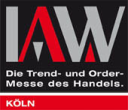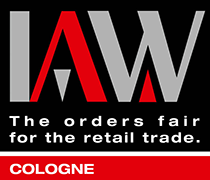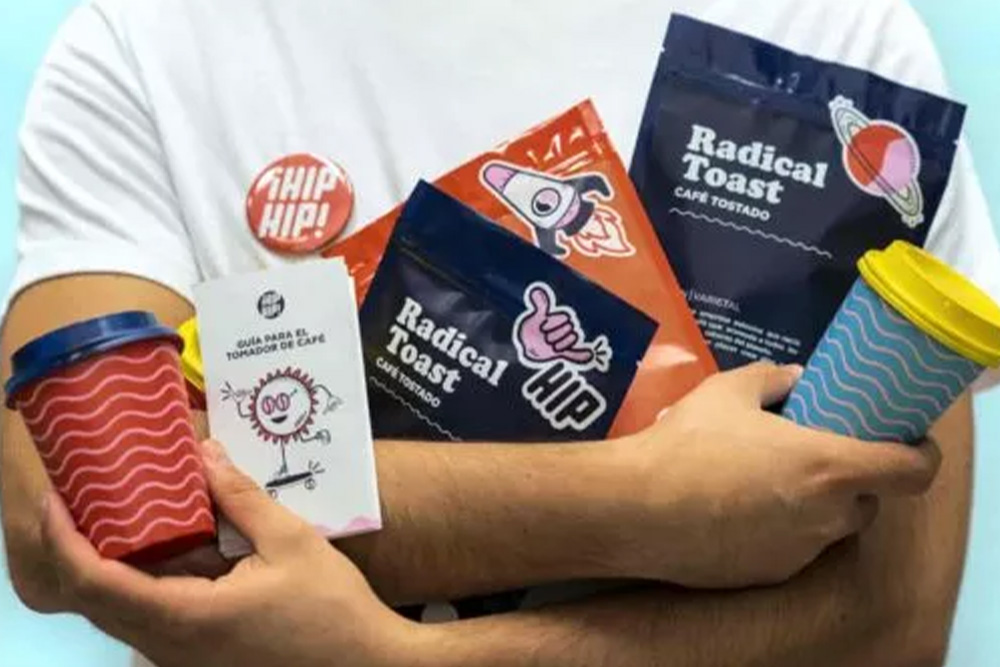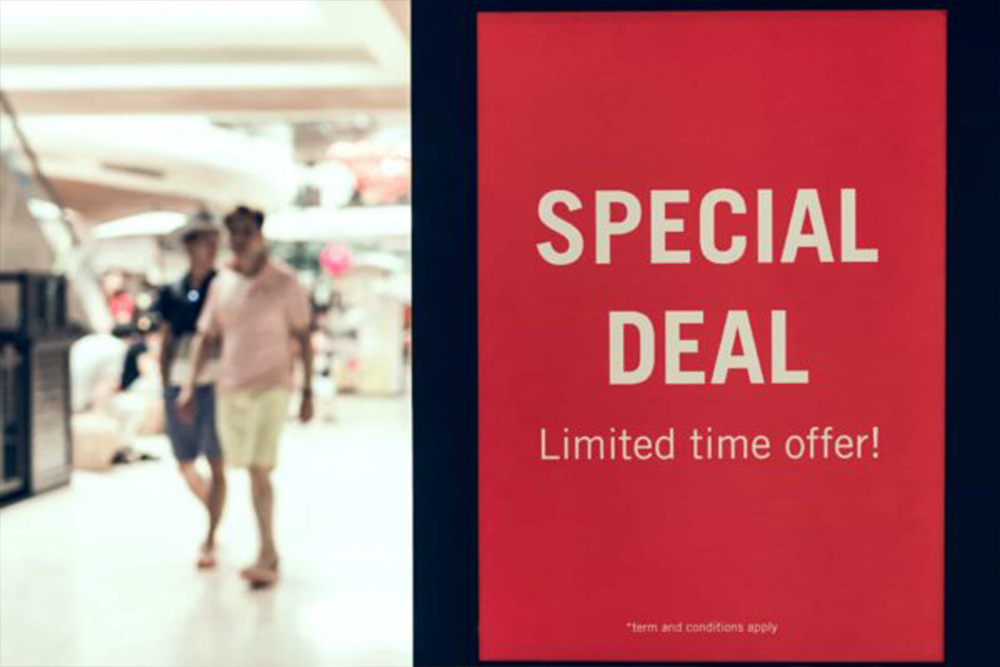Developing content strategies for e-commerce using the PESO model
“Content is King,” a phrase that is used again and again. But in order for digital content to reach the desired target audience and generate leads, the right channels must be used and the right formats chosen. With the help of the theoretical model, all communication channels of a company are clearly presented, making it easier to plan an optimal promotional strategy. The PESO model illustrates the distribution possibilities of digital content and how the four media channels are interconnected.
What does the PESO model stand for?
The PESO model is an evolution of the PEO model, supplemented with the S for Shared Media to reflect the growing importance of social networks. This was originally developed in 2008 by the Briton Daniel Goodall as part of the media planning for the Finnish telecommunications provider Nokia. The model enables strategic decisions, such as where to allocate the marketing budget to the respective channels.
The acronym PESO stands for Paid, Earned, Shared, and Owned Media. All of a company’s communication channels fall into one of these four areas.
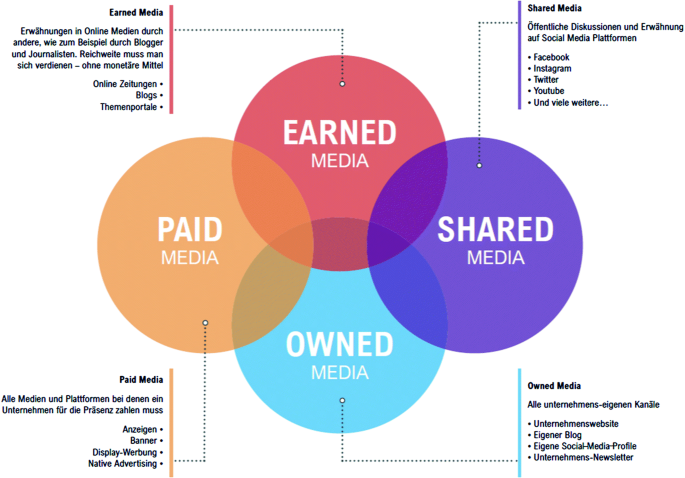
Paid Media
The term Paid Media encompasses all external media channels and digital measures in which content is placed for a fee that a company must pay.
The following external media channels are examples of paid media types:
- Google Ads
- Facebook Ads
- YouTube Ads
- Native Advertising
- LinkedIn Ads
In digital marketing, paid media measures are suitable for reaching previously untapped target groups. Communication on paid media channels is easily scalable, as depending on the advertising budget, only a few or many potential customers can be addressed. This requires a certain advertising budget. The main challenge with this type of content distribution is the reliability of the content, which is not particularly high. The advertising materials used must address this challenge and specifically target potential customers and capture their attention.
Earned Media
It is said that “earned media” must be “earned.” It is accordingly content about a company that is posted without payment on
may be voluntarily published on social networks and other platforms. This type of content is produced by third parties, so the advertiser has little or no influence over it.
The following earned media content is provided as examples:
- Press article
- Product reviews
- general news articles
All content in this format generally carries a high level of credibility. However, depending on the reporting and execution, a negative influence can also arise.
Owned Media
Owned Media Species include all content publications on the company’s own, controlled platforms. Owned Media is characterized by the fact that the content is clearly recognizable as being produced by the company itself. Content formats should represent videos, whitepapers, webinars, infographics, podcasts, and articles.
The following examples of media can be cited:
- the own website
- Blog
- Social media profiles
- YouTube Channels
- E-Mail newsletter
The content produced is a long-lasting driver of new traffic. The effort required to build a regular readership is very high and time-consuming.
Shared Media
The technical term shared media refers to the user-driven sharing of content about a particular company or product on social platforms. The organic reach of these posts is generally limited and highly dependent on the creator’s intention.
This content is typically created by third parties and is referred to as user-generated content. Shared-Media Content appears in common social media formats:
- Story Postings
- Video Format (Reels, TikToks, Videos)
- Image format
The advertiser itself has no influence over this content. Only targeted calls can boost shared media postings, but organic reach is usually limited. Viral effects can increase reach, both positively and negatively.
How do the individual phases of the PESO model overlap?
It is important to note that the channels should not be considered separately, but rather in combination with each other. Focusing solely on owned media content typically does not generate the necessary traffic to boost, for example, the sales of an online store. In combination, paid media measures can help owned media content reach a large audience. The so-called native advertising is an alternative in which independent publications such as magazines and newspapers produce specific content and publish it for a fee. This can circumvent the problem of a lack of trust in advertising content without losing control over the content.
This is a general rule in the application of the PESO model. The individual forms and types of content within the model overlap repeatedly, which is what guarantees the effectiveness of the measures in the first place.
Content Strategy in Practice
The content strategy must be designed in such a way that the strengths of the respective distribution channel are utilized. Promoted Content represents the interface between owned media content and paid media measures. Here, content is specifically promoted on social media to generate relevant attention for the content. For example, blog posts are directly promoted on a company’s LinkedIn channel with a B2B focus. Similarly, this can also be practiced at the intersection of owned and shared media. For example, posts can be specifically prepared to engage with fans of the brand and encourage them to create their own posts, known as user-generated content.
Through the detours, the content strategy takes hold and guarantees a continuous influx of potential customers.
